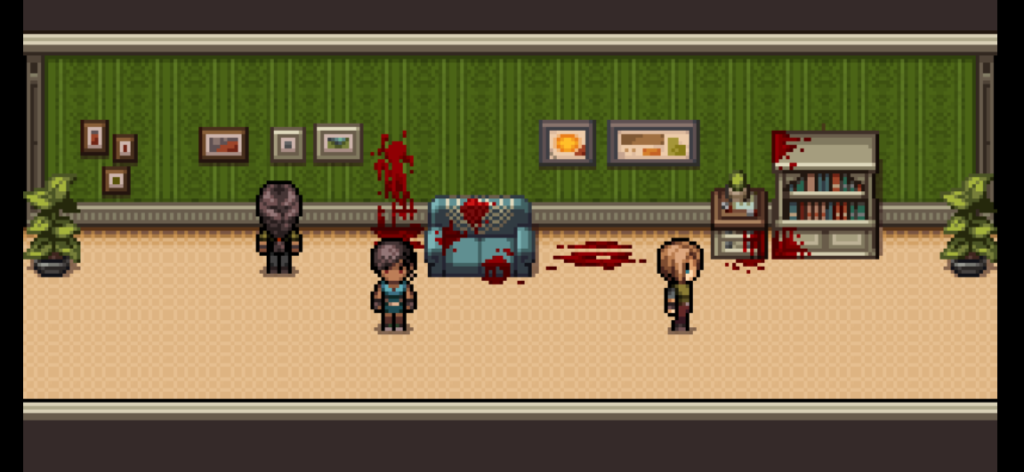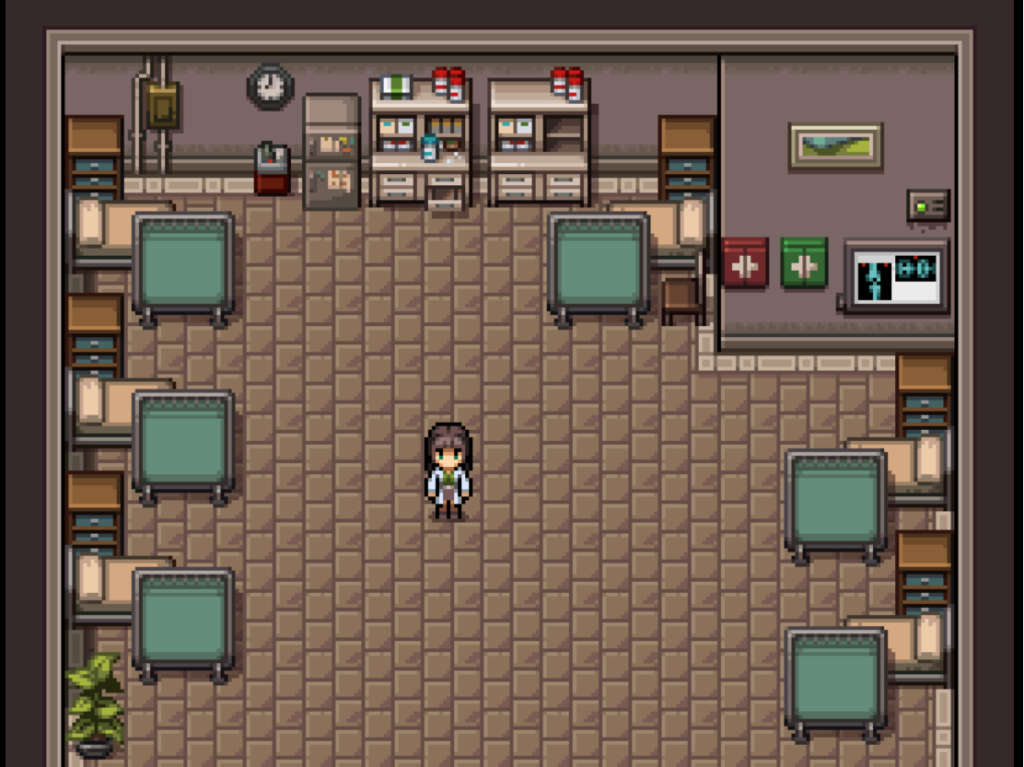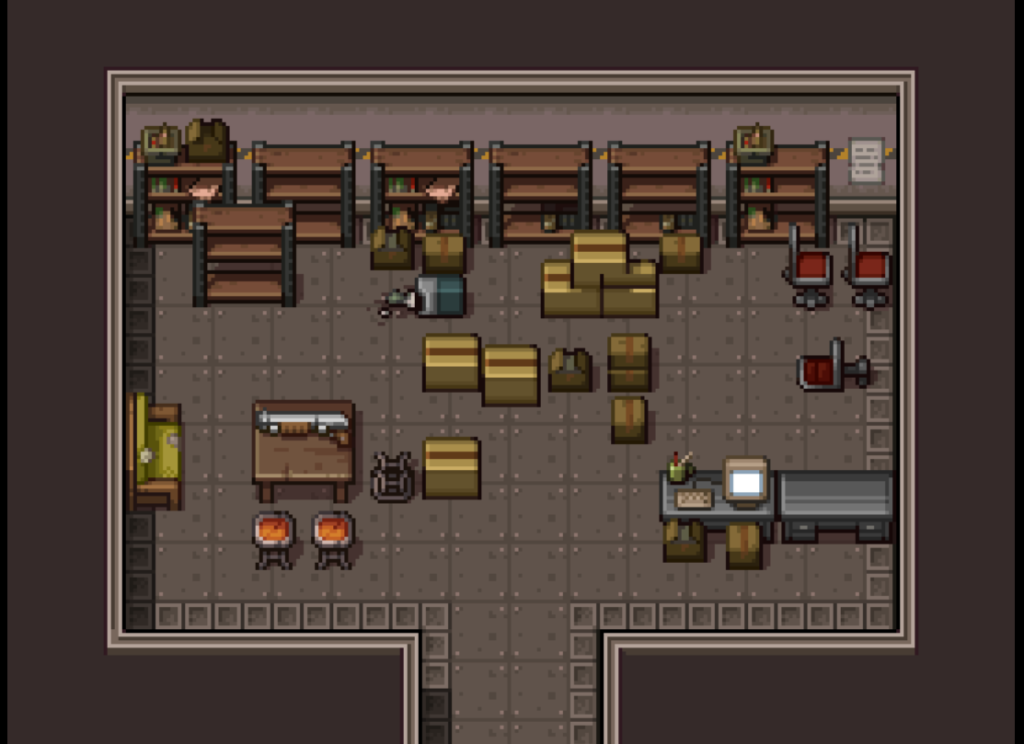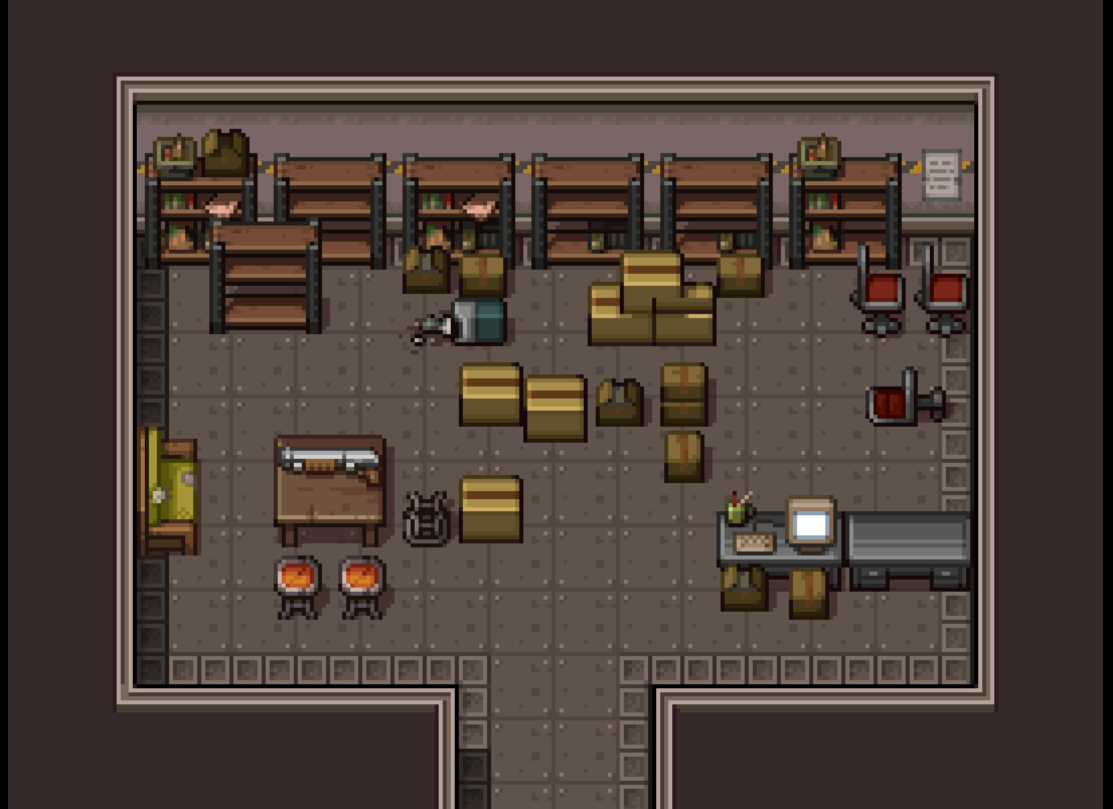A Memory of Eternity has gone through a number of changes since I originally envisioned it for the Kickstarter campaign (after all, even the name of the game has changed). For the inaugural development update on the game, I wanted to address what the game mechanics now are. Overall, A Memory of Eternity remains a narrative-driven game, which means that it places a greater focus on story and player choice over combat or puzzles. However, neither the player character (Jack Fowler) nor the world itself is static. I feel that player satisfaction in RPGs is mainly focused around progression: having characters grow stronger, gaining useful items, and generally affecting the world around them. There are numerous ways to progress in A Memory of Eternity, and I’ve detailed a few of them below.
Keep in mind that during this early phase of development, these concepts are subject to change.
Core mechanics
Dialogue and Relationships
Overwhelmingly, A Memory of Eternity is about how the player interacts with the characters and builds relationships with them. Whether these relationships are grounded in practicality, out of mutual affinity or animosity, Jack will need to work with others if they are to survive a post-singularity world.

Base Building
A Memory of Eternity is not a real-time strategy game, so base building here will be different. Throughout the game, the protagonists will need to repair, improve and build on their base of operations: the Foyle Residential Tower. Through scavenging supplies or even raiding other survivors, Jack and his companions can clear out space in the tower for an armory, clinic, barracks, shrine and other various rooms that will provide specific gameplay benefits or house special NPCs.

Missions and Resource Management
After the narrative, the heart of A Memory of Eternity is learning to manage the few resources available and embarking on missions to procure more supplies. Food, medicine and munitions are vital resources in the post-Singularity world, and are needed if the residents of Foyle Tower are to survive. These supplies can be found in out in the Blackout, stocked either in abandoned supermarkets or the hoards of other survivor hideouts. Sending out teams to retrieve supplies or to rescue other survivors will greatly increase your chances of survival. Later on, sending out diplomatic missions will put you in contact with other survivor factions – for good or ill.

Peripheral mechanics
Combat
Unlike in The Singularity Wish, combat will play a role in A Memory of Eternity, but I am still contemplating how it will work practically. If combat does make it into the game, expect it to be a minor mechanic.
Faction Diplomacy
Various factions exist in the post-singularity world, both inside and outside of the Foyle Tower. Maintaining relations with these factions will either reward the player with allies or enemies – but be aware, don’t expect to remain on friendly terms with everyone.
- The Tenancy Council
- The Cult of the Singularity
- The Constabulary
- The Old Quarter Watch
- The Trium
- The Iron Cartel
Exploration
A Memory of Eternity is not an open world game. The majority of the game will take place in the Foyle Residential Tower and its grounds, but there will also be a fair amount of traveling as Jack and his companions occasionally trek into the city of Moonfall and the dangerous Blackout. Secrets and surprises await.
Traditional RPG Stat System, but with a Twist
Much like traditional CRPG games (think Baldur’s Gate or Planescape: Torment), there is a stat system in the game that will determine anything from combat efficiency to skill/dialogue checks. However, I expect it to be very different from games that rely on it heavily.

Comments are closed